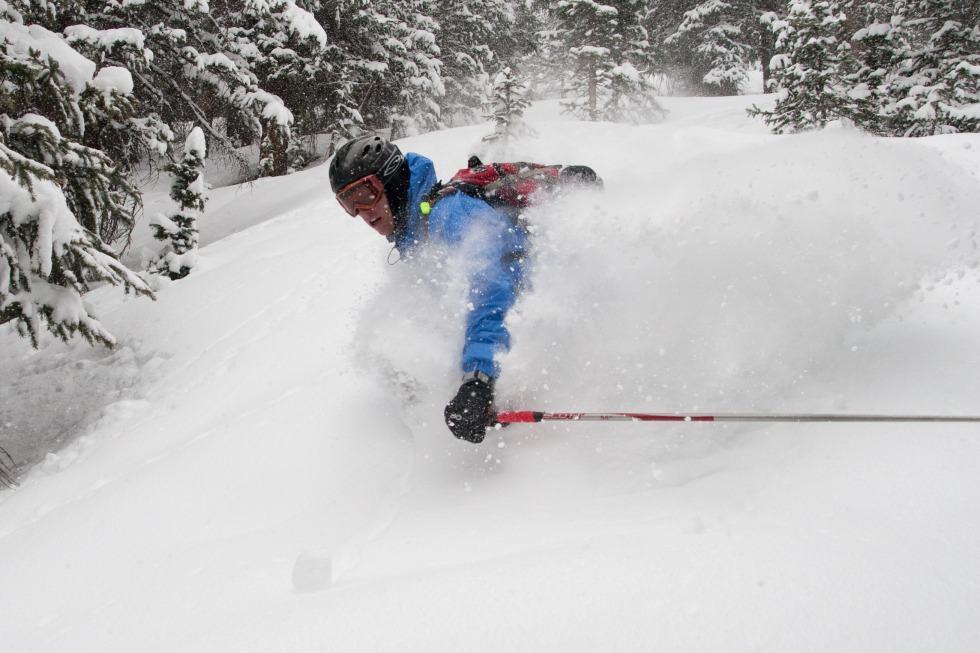With 60 percent of all alpine skiing happening on National Forests, powder hounds are recreating on many National Forest lands. The U.S. Forest Service and the ski industry have enjoyed a unique history since the first ski resorts – Sun Valley, Alta, and others –opened. However, the origins of recreational access for skiing, hiking, mountain biking, snowmobiling, or any other use is more complex than you might expect.

In the U.S., access to skiable terrain is often available via the same roads that were built long ago to connect mining outposts and timber towns with forest-based industrial activities that take place on some National Forests. While roads that access ski resorts are well-maintained, some of the other roads are no longer maintained and cause damage to ecosystems. From sending sediment into streams and rivers, to promoting the spread of invasive weeds, these problem roads will degrade our streams and rivers unless they are decommissioned. Other roads are important portals to backcountry access, and should be repaired as needed and maintained properly in the future.
What is the National Forest Foundation doing?
As part of the Ski Conservation Fund, a signature partnership between the National Forest Foundation and the ski industry, the National Forest Foundation matches every $10 contributed by ski resort visitors with an additional $5. The NFF then invests the funds in projects back on the National Forest where the resort operates. On 11 National Forests across the U.S., Ski Conservation Fund projects are keeping trails open, improving recreational access, reducing invasive species, rehabilitating overused recreation areas, and making sure powder hounds still have plenty of places to play.
For your next ski vacation, book your travel with one of the National Forest Foundation’s Ski Conservation Fund partners. Learn more here.
Another way to get involved…
Around the country, National Forests are also revising their land and resource management plans under the new 2012 forest planning rule. The revision process will determine where lines are drawn on the map for multiple values – logging, mining…and play. Participating in a forest planning process is a great way to learn more about recreational access, share your knowledge about local roads and recreational access, and plan for future recreational designations.

